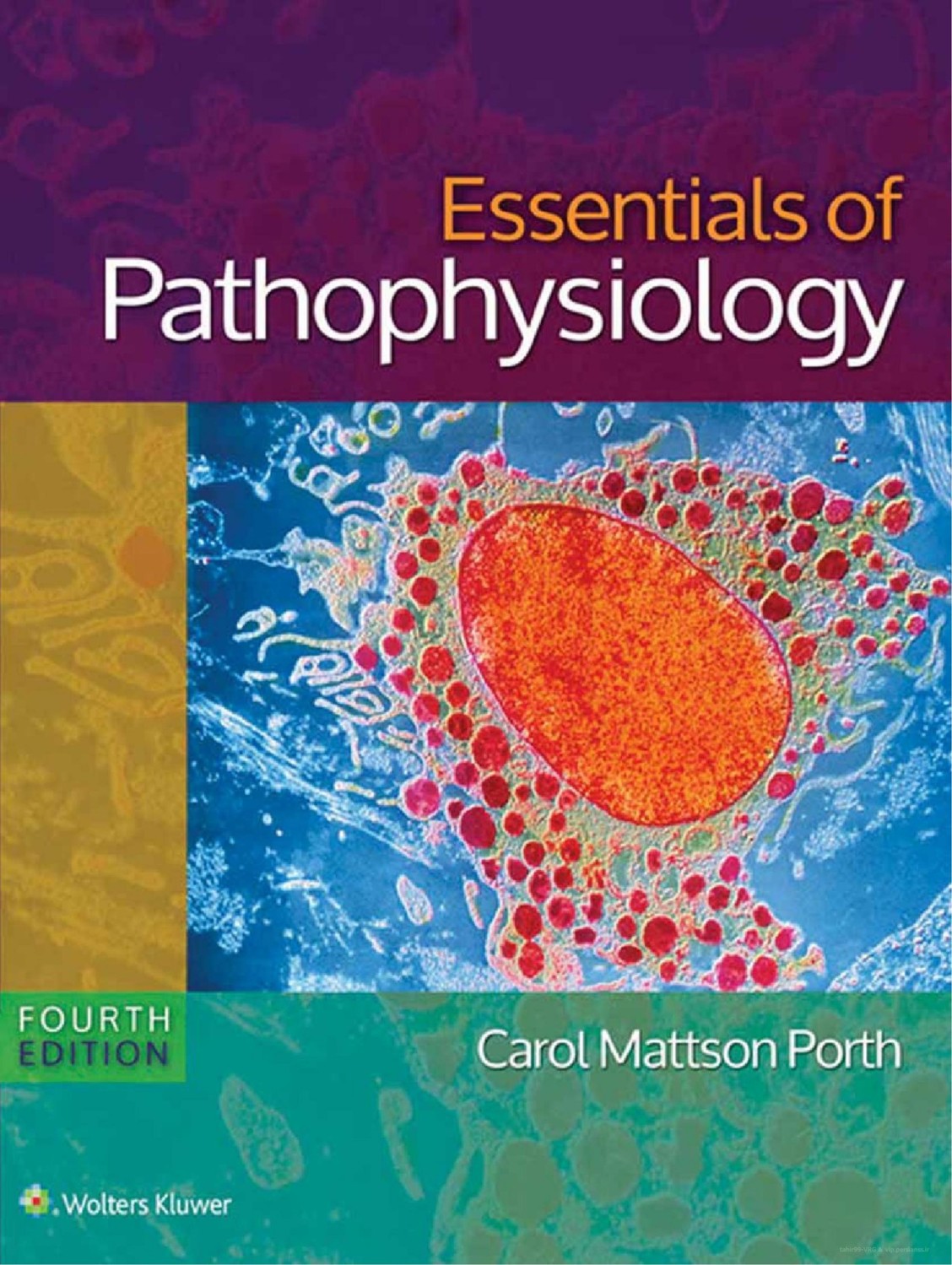Essentials of Pathophysiology: Concepts of Altered Health States / Edition 4

Author:Carol M. Porth [Porth, Carol M.]
Language: eng
Format: epub
ISBN: 9780397549610
Barnesnoble:
Publisher: Lippincott Williams & Wilkins
Published: 1993-12-28T05:00:00+00:00
C H A P T E R 2 4
Structure and Function of the Kidney
6 1 3
to nonionized drug depends on the pH of the urine.
produce erythropoietin. This anemia usually is managed
Aspirin, for example, is highly ionized in alkaline urine
by the administration of a recombinant erythropoietin
and in this form is rapidly excreted in the urine, and it
(epoetin alfa) produced through DNA technology to
is largely nonionized in acid urine and, as such, reab-
stimulate erythropoiesis.
sorbed rather than excreted. M easures that alkalinize or
acidify the urine may be used to increase elimination of
Vitam in D
drugs, particularly in situations of toxic overdose.
Activation of vitamin D occurs in the kidneys. Vitamin
D increases calcium absorption from the gastrointestinal
En d o c r in e Fu n c t io n s o f t h e Kid n e y
tract and helps to regulate calcium deposition in bone.
It also has a weak stimulatory effect on renal calcium
In addition to their role in regulating uid and electro-
absorption. Although vitamin D is not synthesized and
lytes, the kidneys function as an endocrine organ in that
released from an endocrine gland, it is often considered
they produce chemical mediators that travel through the
as a hormone because of its pathway of molecular acti-
blood to distant sites where they exert their actions. The
vation and mechanism of action.
kidneys participate in control of blood pressure through
Vitamin D exists in two forms: natural vitamin D (cho-
the renin-angiotensin-aldosterone mechanism, in cal-
lecalciferol), produced in the skin from ultraviolet irra-
cium metabolism by activating vitamin D, and in regu-
diation, and synthetic vitamin D (ergocalciferol), derived
lating red blood cell production through the synthesis of
from irradiation of ergosterol. The active form of vita-
erythropoietin.
min D is 1,25-dihydroxycholecalciferol. Cholecalciferol
and ergocalciferol must undergo chemical transforma-
The Renin-Ang iotens in-Aldos te rone
tion to become active: rst to 25-hydroxycholecalciferol
Me chanis m
in the liver and then to 1,25-dihydroxycholecalciferol
in the kidneys. Persons with end-stage renal disease are
The renin-angiotensin-aldosterone mechanism is impor-
unable to transform vitamin D to its active form and may
tant in short- and long-term regulation of blood pressure
require pharmacologic preparations of the active vitamin
(see Chapter 18). Renin is an enzyme that is synthesized
(calcitriol) for maintaining mineralization of their bones.
and stored in the juxtaglomerular cells of the kidney.
This enzyme is thought to be released in response to a
decrease in renal blood ow or a change in the com-
S U M M A R Y C O N C E P T S
position of the distal tubular uid, or as the result of
sympathetic nervous system stimulation. Renin itself has
no direct effect on blood pressure. Rather, it acts enzy-
■ Th e kid n e ys h a ve m u ltip le fu n ctio n s , in clu d in g
matically to convert a circulating plasma protein called
m a in ta in in g th e vo lu m e a n d co m p o s itio n o f
angiotensinogen to angiotensin I.
bo d y u id s th ro ug h th e re g u la tio n o f e le ctro lyte
Angiotensin I, which has few
Download
This site does not store any files on its server. We only index and link to content provided by other sites. Please contact the content providers to delete copyright contents if any and email us, we'll remove relevant links or contents immediately.
| Anatomy | Bacteriology |
| Biochemistry | Biostatistics |
| Biotechnology | Cell Biology |
| Embryology | Epidemiology |
| Genetics | Histology |
| Immunology | Microbiology |
| Neuroanatomy | Nosology |
| Pathophysiology | Physiology |
| Virology |
Tuesdays with Morrie by Mitch Albom(4688)
Yoga Anatomy by Kaminoff Leslie(4304)
Science and Development of Muscle Hypertrophy by Brad Schoenfeld(4086)
Bodyweight Strength Training: 12 Weeks to Build Muscle and Burn Fat by Jay Cardiello(3913)
Introduction to Kinesiology by Shirl J. Hoffman(3721)
How Music Works by David Byrne(3186)
Sapiens and Homo Deus by Yuval Noah Harari(2987)
The Plant Paradox by Dr. Steven R. Gundry M.D(2545)
Churchill by Paul Johnson(2505)
Insomniac City by Bill Hayes(2495)
Coroner's Journal by Louis Cataldie(2431)
Hashimoto's Protocol by Izabella Wentz PharmD(2330)
The Chimp Paradox by Peters Dr Steve(2296)
The Universe Inside You by Brian Clegg(2096)
Don't Look Behind You by Lois Duncan(2078)
The Immune System Recovery Plan by Susan Blum(2027)
The Hot Zone by Richard Preston(1983)
Endure by Alex Hutchinson(1962)
Woman: An Intimate Geography by Natalie Angier(1881)
